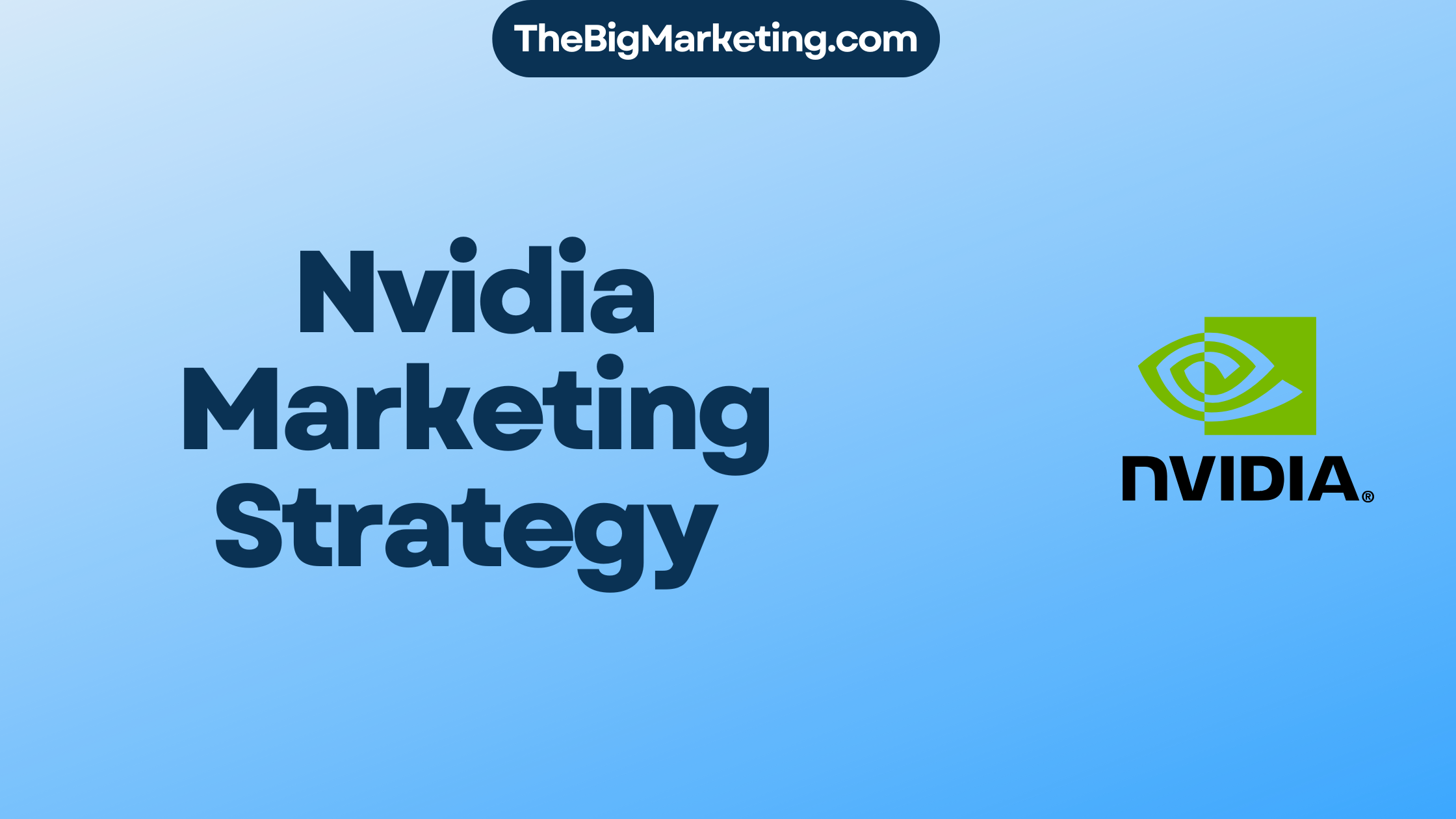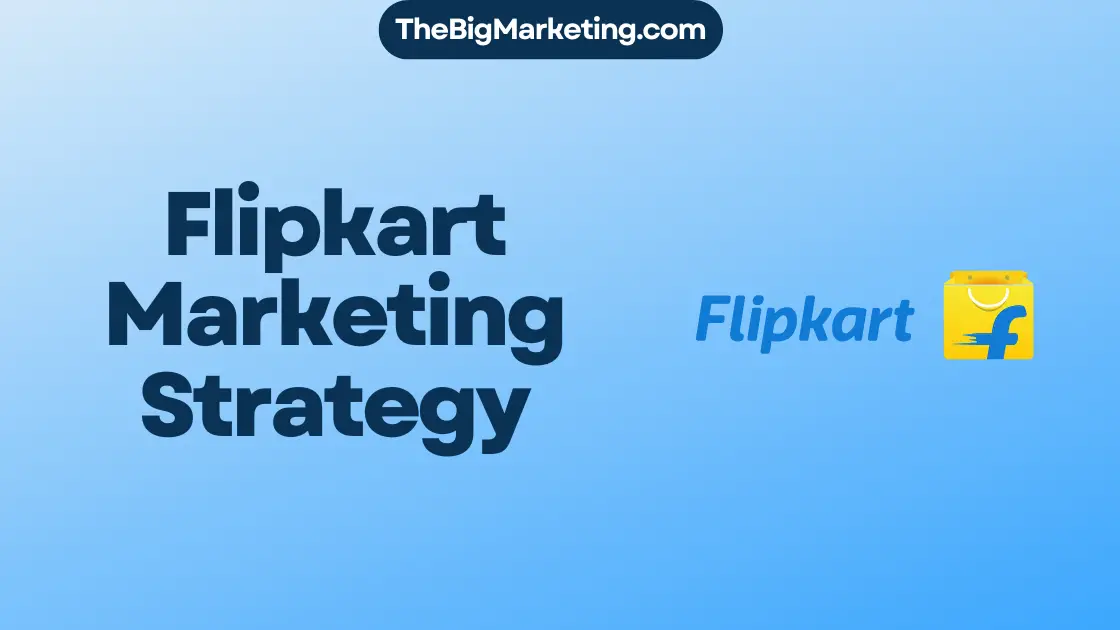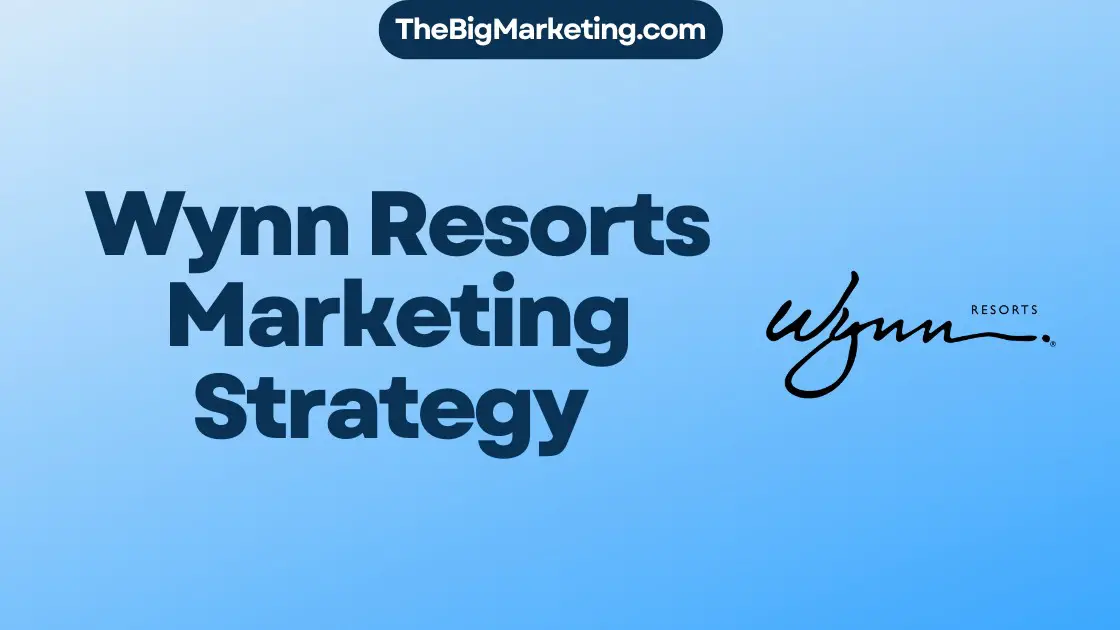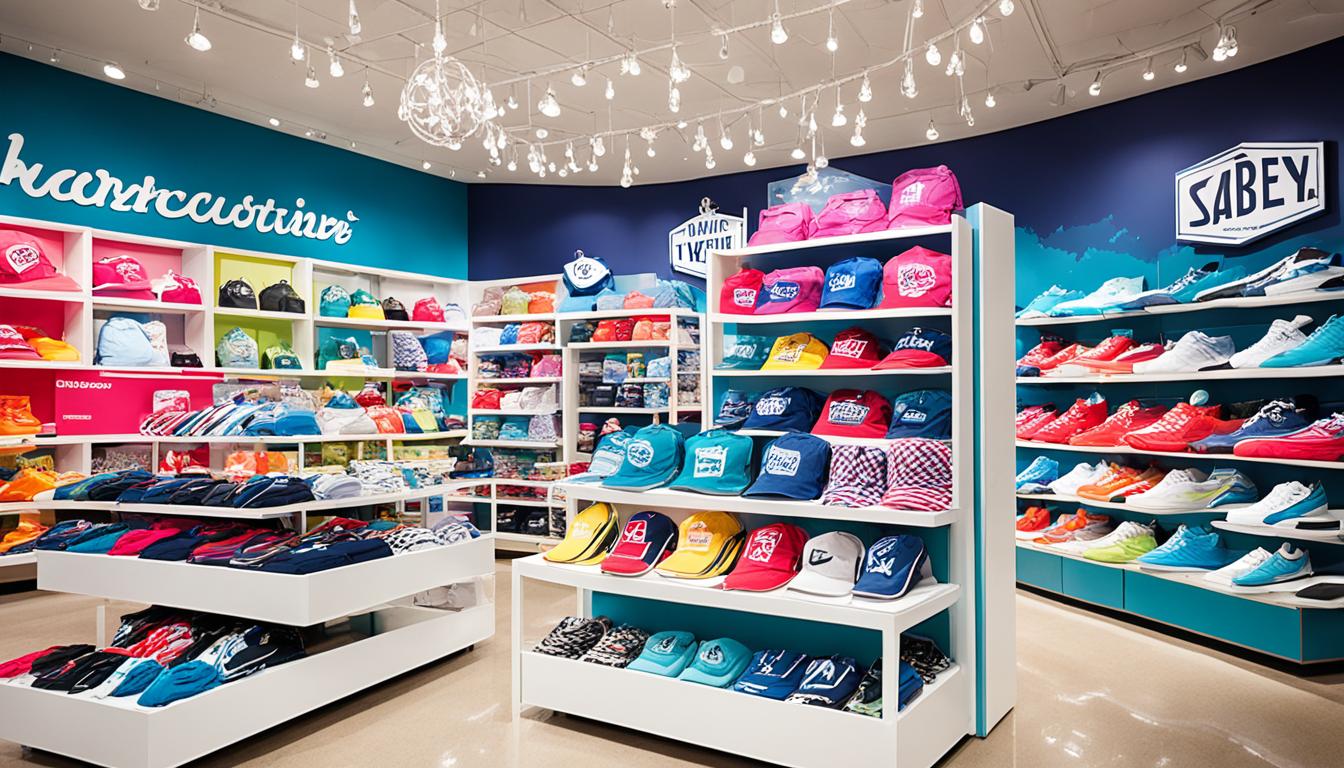IHOP, famous for breakfast, has a strategic plan for growth. It uses market research and looks at trends. This plan covers branding, ads, promotions, online activities, social media, and connecting with customers.
IHOP wants to be known for more than breakfast. It aims to attract more people by using its strong brand. Research shows people want quality meals without a wait. So, IHOP is using this info to reach those seeking lunch and dinner too.
Key Takeaways:
- IHOP has implemented a comprehensive marketing strategy to drive growth and tap into the lunch and dinner markets.
- Branding plays a crucial role in IHOP’s marketing strategy, helping to position the brand as a viable option for all mealtimes.
- IHOP’s marketing efforts are informed by market research, ensuring they align with consumer preferences and demands.
- The strategy includes various advertising tactics, promotional campaigns, digital marketing initiatives, and a strong social media presence.
- Customer engagement is a focal point for IHOP, aiming to create a community around the brand.
IHOP’s Rebranding Strategy
IHOP, known for breakfast, made a bold move to rebrand as IHOB. This aimed to shift how people see the brand. They wanted to attract more customers, not just for breakfast.
By highlighting burgers, IHOP looked to stand out. They wanted to compete with faster food places. This was due to less people choosing casual sit-down restaurants.
The rebranding sparked a lot of talks. It got people guessing what IHOB stood for. This created a lot of buzz online and in real life. This helped IHOP capture more attention.
The campaign was a hit, especially online. News sites, bloggers, and people on social media all talked about IHOP’s new name. This free promotion gave IHOP a lot of exposure. It made more people aware of the brand.
Rebranding Strategy Results
The rebranding had big effects on IHOP. It boosted social media activity and brought more customers in. Having burgers also drew in folks who might not have visited before.
This success was due to smart planning and execution. IHOP used social media and got free press. This made them stand out as innovative and unique in the food industry.
| Key Highlights of IHOP’s Rebranding Strategy |
|---|
| 1. Viral Social Media Campaign: IHOP’s rebranding campaign created a lot of social media chatter. People shared their thoughts on the name change. |
| 2. Increased Brand Awareness: The rebranding efforts made IHOP more recognized. It helped them stand out in a tough market. |
| 3. Expanded Customer Base: Focusing on burgers brought in new customers. It increased visits to their restaurants. |
| 4. Positive Business Impact: Thanks to the rebranding, IHOP saw more sales and success. |
IHOP’s strategy to rebrand was a win. It showed IHOP as more than a breakfast spot. It brought in new customers. By using social media and getting free media coverage, IHOP drew a lot of attention. This led to great results for the business.
The Success of IHOP’s Outrage Marketing
IHOP’s rebranding campaign was a hit, making the brand very popular. It got people talking on social media. This campaign was all about grabbing attention and making people react. Using special techniques, IHOP got noticed more than others in the market. This helped them connect with more people.
After the campaign started, IHOP saw great results in just three weeks. Their burger sales went up four times. This showed how well the campaign worked. It also proved IHOP could keep up in the tough restaurant world.
The campaign did more than just increase sales. IHOP’s stock value went up by 30%. This showed that people liked the campaign. It also made investors more confident in IHOP’s marketing strategies.
IHOP’s success came from a few key factors. First, IHOP made fun of itself in a friendly way. This approach made people like the brand more. It turned possible negative feedback into something funny for customers.
The campaign also surprised people, which made them want to talk about it. IHOP’s unexpected change got everyone buzzing. People shared their opinions and jokes online. This helped IHOP’s social media grow and made more people know about the brand.
Most importantly, the campaign was smart for IHOP’s business. It aimed to get people interested in their burgers. This matched IHOP’s goal to be popular not just for breakfast but also for lunch and dinner. The campaign made people excited about IHOP’s burgers. It also showed IHOP as a great place to eat any time of the day.
IHOP’s marketing success shows how powerful viral marketing and social media can be. By doing something different and using surprise, IHOP refreshed its image. It connected well with customers and sold more. The campaign didn’t just get attention. It made IHOP stand out in the busy restaurant world.
Outrage Marketing vs. Cause Marketing
Outrage marketing and cause marketing are strategies to get attention. They create brand awareness, but in different ways.
Outrage Marketing
Outrage marketing makes people react with shock or anger. Brands use it to get noticed fast. It challenges what we think is normal.
This marketing taps into strong emotions. It’s all about making a big impact. Brands may use bold ads or statements to start conversations.
Using outrage marketing is risky. It can lead to negative reactions. But, if done right, it can boost a brand’s awareness and sales.
Cause Marketing
Cause marketing ties brands to good causes. It’s about giving back and building a positive brand image. Brands connect with people who care about these causes.
It often involves partnerships with charities. Brands may donate part of their profits. This style of marketing shows a brand’s values.
Cause marketing campaigns can make a brand look good. They show a brand wants to help. People like supporting brands that share their values.
The Key Differences
Outrage marketing is about shock and talk. Cause marketing aims for a positive connection. They attract different reactions from people.
Outrage marketing can go viral quickly. Cause marketing builds lasting relationships. The right choice depends on the brand’s goals.
Brands should think about their goals and values. Both outrage and cause marketing can work. They just need to fit the brand’s strategy.
Examples of Outrage Marketing
Outrage marketing has made waves for some brands, catching a lot of eyes. Some companies have harnessed it to gain fame and recognition. Others have stumbled and faced criticism for their methods. Let’s look at a few key examples.
Pepsi Outrage Marketing
In 2017, Pepsi tried to spread a message of unity and peace. But their ad with Kendall Jenner didn’t go as planned. The ad was slammed for making light of serious social issues. It seemed more like a sales tactic than a genuine act, causing a huge backlash. This affected Pepsi’s image badly.
Gillette Outrage Marketing
Gillette’s 2019 campaign aimed to challenge toxic masculinity and encourage change. The ad got mixed feedback. Some applauded Gillette for tackling tough issues, but others felt it cast men in a poor light. It led to passionate debates, showing the perils of outrage marketing.
IHOP Outrage Marketing Campaign
In 2018, IHOP tried something daring by rebranding as IHOB, focusing on burgers. This bold move sparked a lot of talks and raised eyebrows. It drove people to discuss the brand online, leading to more interest in their menu. This clever approach worked, giving IHOP a boost in sales and visibility.
| Brand | Outrage Marketing Campaign | Response |
|---|---|---|
| Pepsi | Controversial advertisement featuring Kendall Jenner | Backlash for trivializing social justice movements |
| Gillette | “The Best Men Can Be” campaign | Mixed reactions, sparked discussions on toxic masculinity |
| IHOP | Rebranding to IHOB (International House of Burgers) | Generated curiosity and debates, increased brand awareness and sales |
IHOP’s Teaser Campaign
IHOP’s teaser campaign built excitement for their rebranding. They released teasers to spark curiosity. This approach got people talking about the changes ahead.
Some thought the teasers lacked creativity, but their impact was undeniable. They created a mystery around IHOP’s new look. This caught the eye of many and built anticipation.
Teaser campaigns are key in marketing. They build excitement and help spread the word about a brand. IHOP showed how effective this strategy can be in making people eager to see what’s coming.
IHOP’s Marketing Strategy for Brand Awareness
Beyond teasers, IHOP focused on making more people aware of their brand. They aimed to make IHOP a go-to spot in a tough market.
They used TV, radio, social media, and online ads to reach many people. These efforts were all about leaving a strong impression on their audience.
Staying well-known is IHOP’s plan. By sharing their message and values, they keep IHOP in people’s minds. This helps them stand strong in the restaurant world.
The Impact of IHOP’s Marketing Strategy
IHOP’s plans with teasers and focusing on their brand could bring in more customers. They want to be seen as more than just a breakfast place.
Their marketing moves are part of a bigger goal to grow their customer base and sales. By catching people’s attention, IHOP hopes to welcome many different guests and keep them coming back.
| Benefit | Detailed Explanation |
|---|---|
| Increased brand recognition | Teaser campaigns and strategic marketing initiatives help IHOP establish a recognizable brand identity and attract a wider audience. |
| Expanded customer base | By positioning themselves as a versatile dining option, IHOP aims to attract new customers and expand their market reach. |
| Heightened brand loyalty | Engaging potential customers through teasers and impactful marketing strategies helps IHOP foster a sense of loyalty among their audience. |
Engaging with Customers on Social Media
IHOP focuses on building a strong brand community through active social media engagement. They see the value in interacting with their audience on these platforms. This helps create a meaningful connection.
When customers post comments or questions, IHOP responds to each person. This shift from monologue to dialogue shows IHOP cares about their customers’ opinions. It helps build trust and strengthen connections.
Responding to comments is an ongoing effort for IHOP, not just a one-time task. By being responsive, they create a community beyond their physical locations.
IHOP does more than just answer questions on social media. They start conversations, share new menu news, and highlight customer stories. It encourages people to share their experiences, growing the IHOP community.
The brand uses user-generated content, asking customers to share their moments using hashtags. This showcases customers’ stories, building a stronger community feeling.
Social media for IHOP is more than marketing. It’s a way to connect personally and build a loyal community. Active engagement shows IHOP values customer input, setting them apart as a customer-focused brand.
IHOP Social Media Engagement Metrics
| Social Media Platform | Number of Followers | Number of Engagements |
|---|---|---|
| 1.2 million | 25,000 | |
| 600,000 | 15,000 | |
| 900,000 | 30,000 | |
| YouTube | 500,000 | 10,000 |
IHOP’s Business Goals and Challenges
IHOP started a rebranding campaign to fix falling sales and face a shifting market. Known for its breakfast, IHOP saw sales drop as tastes changed and competition grew. The company set key goals to refresh its brand and draw in more customers.
IHOP wanted to offer more than just breakfast food. They added burgers to their menu to attract a broader range of customers. This move helped IHOP enter the lunch and dinner markets, raising their chances to earn more.
Making people see IHOP as more than a breakfast spot was tough. They had to show that they could also make tasty, quality burgers. This needed smart marketing and communication.
IHOP also had to face off with fast-casual burger places. These places were already popular for being quick and convenient. IHOP worked on making their service faster and their dining experience better to keep up.
In the face of these challenges, IHOP stayed focused on expanding their menu and getting new customers. This shows how committed they are to growing and staying competitive.
| Business Goals | Challenges |
|---|---|
| Expand menu beyond breakfast | Overcoming perceptions of being primarily a breakfast restaurant |
| Attract new customers | Compete with fast-casual chains |
| Increase revenue potential |
Conclusion
IHOP’s change and its bold marketing move have really paid off. They managed to bring more attention to the brand and got people talking on social platforms. This wasn’t just a win for their burger sales, but their stock value went up too.
This shows how good the campaign was for IHOP’s image. However, we’re still waiting to see how it plays out in the long run. IHOP has shown it knows how to keep up with the times. By using outrage marketing, they’ve proved they’re not afraid to shake things up.
Their marketing effort has been a big win. Not only did IHOP keep its loyal fans happy, but it also drew in new customers. This big step forward shows IHOP’s ability to grab new chances and tackle tough situations in a fast-moving market.






